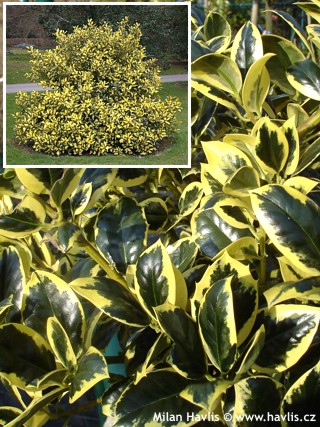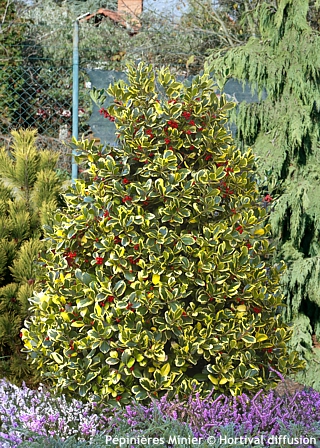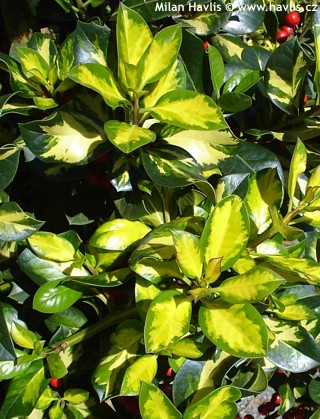Ilex x altaclerensis 'RIPLEY GOLD' High Clere holly - female
Ilex
The genus Ilex, commonly known as holly, is very extensive and includes more than 400 species of evergreen and deciduous shrubs and trees, distributed from the tropics of South America through the subtropics of Asia to the temperate zones of Europe. Beyond the possibility of variegated foliage, their greatest advantage is evergreen character, at least in most species, making them excellent companions to deciduous trees and shrubs during the dormant season. Moreover, many species naturally lack spines, which pleases those who dislike prickly shrubs, for example Ilex crenata, Ilex × altaclerensis, or the highly unusual hollies Ilex pedunculosa and Ilex glabra.
The Highclere holly (Ilex × altaclerensis) originated from a cross between Ilex aquifolium and Ilex perado, probably in England around 1800, though its exact origin is undocumented. All cultivars arising from this hybrid are unique hollies, characterized by larger, almost spineless leaves and, in some cases, vigorous growth. The hybrid name “altaclerensis” is sometimes challenged in favour of “altaclarensis,” with the argument that it has nothing to do with Highclere Castle. The park at Highclere is home to many unique trees and is listed at the highest level of protection (Grade I in the Register of Historic Parks and Gardens as well as a Site of Special Scientific Interest). Supporters of the name “altaclerensis” believe these beautiful hollies were named in honour of that botanically significant estate.
Ripley Gold is a beautiful, variegated cultivar of Highclere holly from the second half of the 20th century (unfortunately, more precise details of its origin have not been preserved). Its evergreen leaves are broadly oval, usually smooth and spineless (entire-margined), slightly undulated, dark green with irregular golden-yellow marbling, each leaf unique. If a male holly is nearby and bees transfer its pollen, after the inconspicuous spring flowering, attractive red berries ripen in autumn and persist into winter. They are inedible to mildly toxic, as they contain small amounts of saponins that can cause digestive upset if consumed. The shrub is notable for its dense, compact habit and medium growth rate, in Central European conditions it usually reaches 3–4 meters in height and 2–3 meters in width at full maturity, which in hollies can take up to 50 years.
This variety is sometimes mistaken for the very similar cultivar ‘Lawsoniana’ which, however, has a more upright and faster growth habit and broader variegation. ‘Ripley Gold’ is more compact, denser, and in smaller gardens appears more elegant. Being evergreen and brightly variegated, it can be used wherever year-round decoration is desired. It combines beautifully with other evergreen shrubs or small to dwarf conifers. It can be easily shaped and its size controlled by pruning. Spring pruning in April encourages branching, while summer pruning (by the end of July) is suitable for shaping. Do not cut into old wood.
Hollies should be grown in full sun or partial shade, preferably in acidic to neutral, light, well-drained, fertile soil that remains moist as they dislike prolonged drought. Typical Czech clay in the upper soil layers is usually unsuitable, so it is better to plant slightly higher and backfill with a mixture of native soil and quality acidic substrate. On the other hand, clay in the deeper layers, which the roots can eventually reach, is beneficial. Fertilization is important in poorer soils, and using mycorrhizal fungi at planting is even better. Hollies will also grow in shade, but they lose their shape there. In regions with harsh frosts, it is advisable to find a sheltered site where the plant will not be desiccated by freezing winds and winter sun. It is hardy to about –25 °C (USDA zone 6) and tolerates winter sun well. It is not suitable for container cultivation.
Last update 10-10-2025
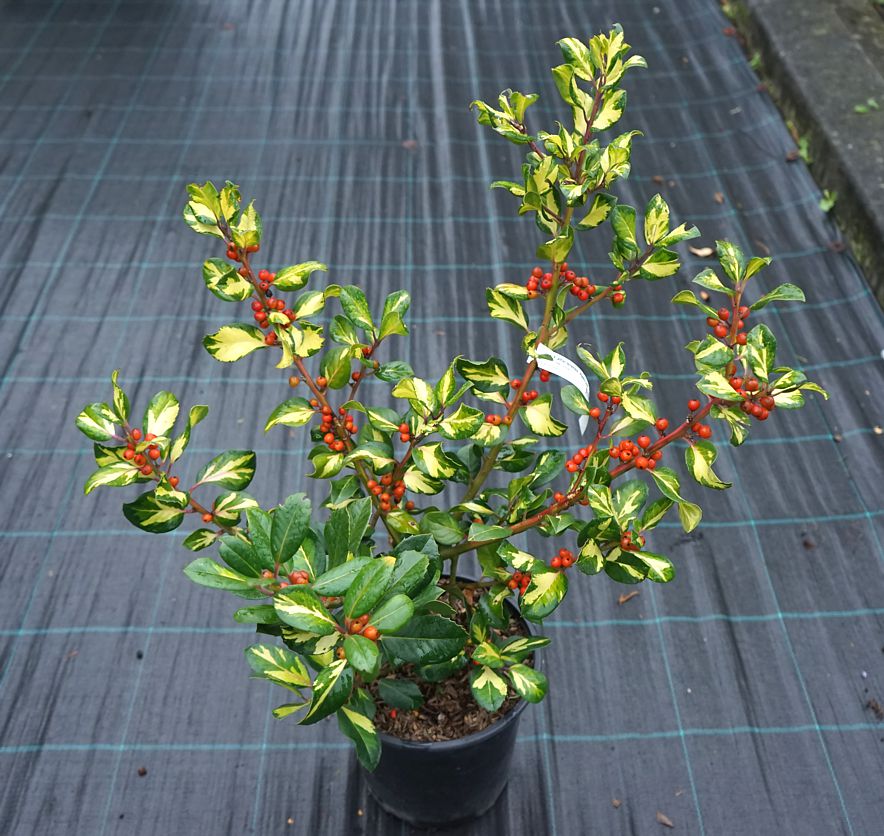
572 Kč

572 Kč
Goods are shipped all over Europe. For Russia and U.K. and for further details please read about SHIPPING OPTIONS HERE.
Are you interested in a serious discount for orders NOV-FEB? Check your options here.
THE PRICES INCLUDE VAT of 15%. For quick conversion you can use 1 CZK = approx. 0.04 EUR
- STANDARD QUALITY - Plants of this group are 1st class quality with number of branches and overall density adequate to their size and age, considering they were container grown.
- DE LUXE QUALITY - This label guarantees a luxurious quality of manually selected plants that, compared to their height and age, are exceptionally dense and beautiful.
- EXTRA - These plants are usually mature and bigger specimens with exceptional overall appearance.
- STANDARD (as described in the plant form) means a tree with a trunk of 190-210 cm and a crown at the top, unless specified differently. The commercial size for trees is their girth measured in the height of 1m from ground.
- HOBBY - These plants are of the same quality as our standard-quality plants but younger and therefore cheaper.
- SHRUB - a woody plant with branches growing bushy from the ground level.
- HALF-STANDARD or MINI-STANDARD - a small tree with shorter trunk, its size is usually specified.
- FEATHERED - These are trees with branches growing already from the base of the trunk and up along the stem.
- GRASSES and PERENNIALS - Sizes given usually read the diameter of the pot or the clump, as specified.






























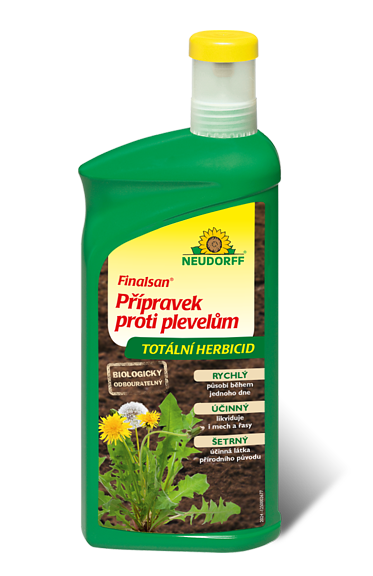


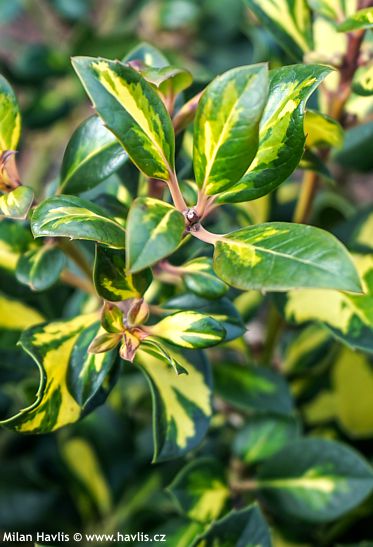
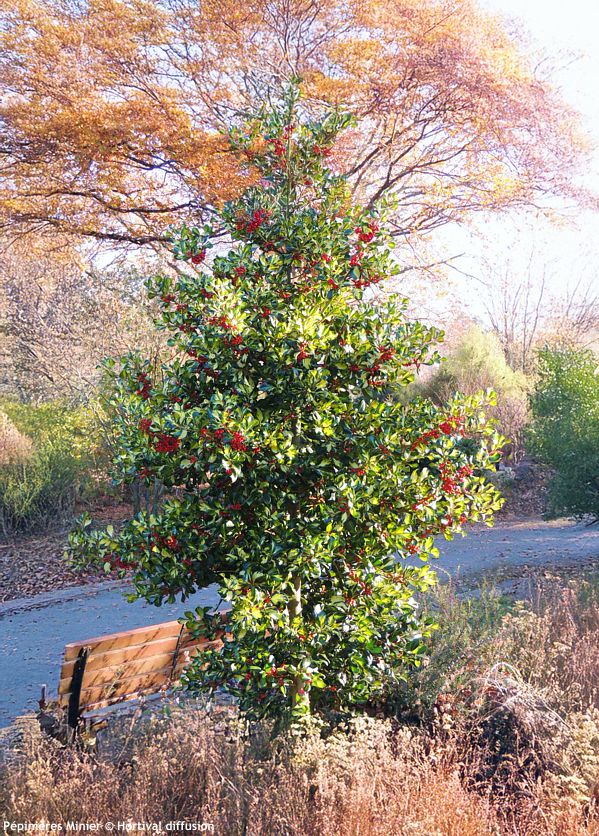
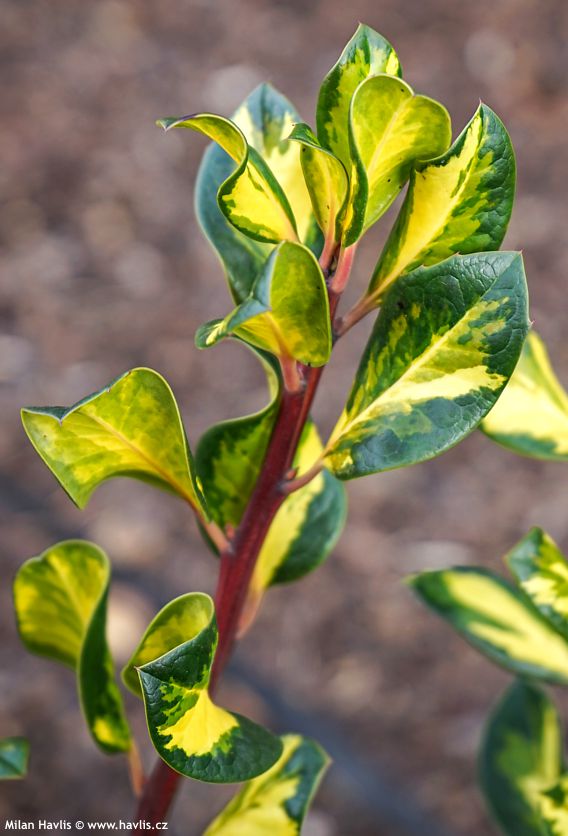
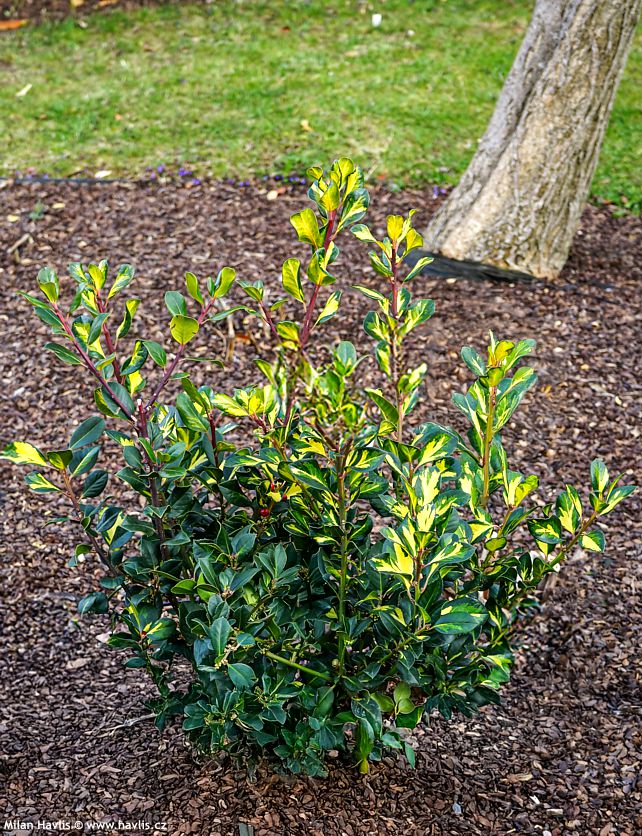
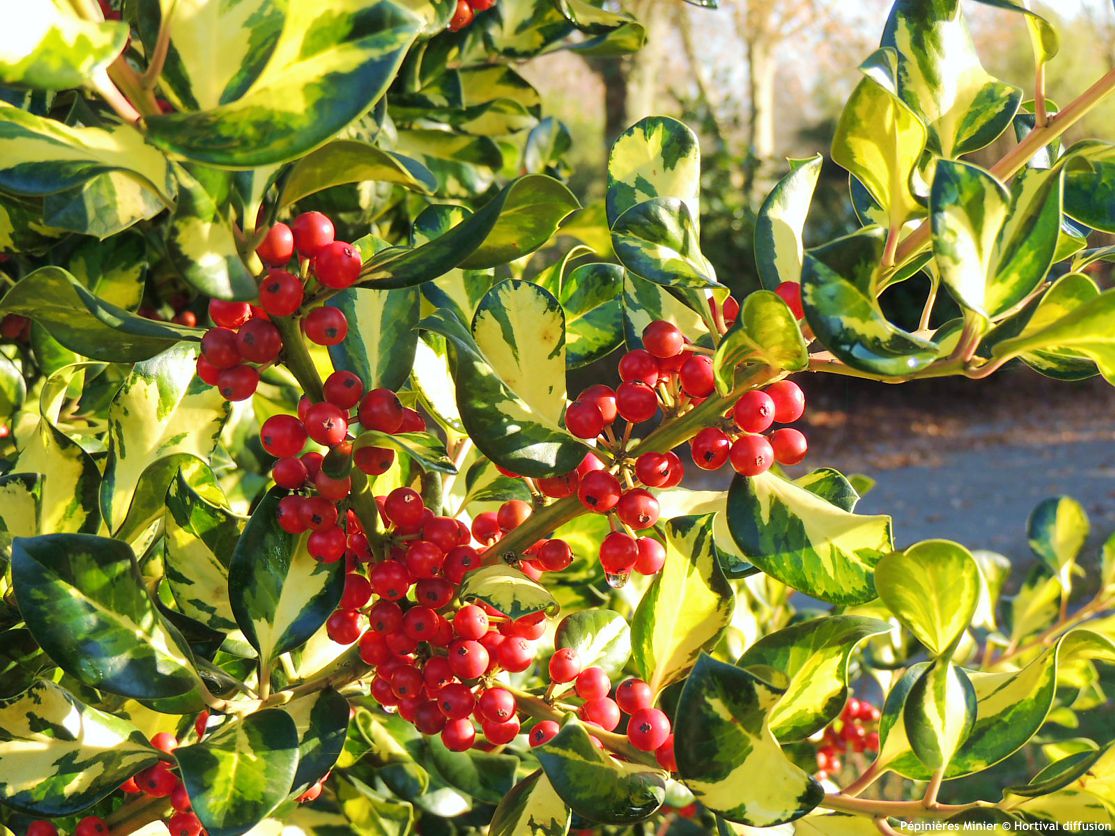
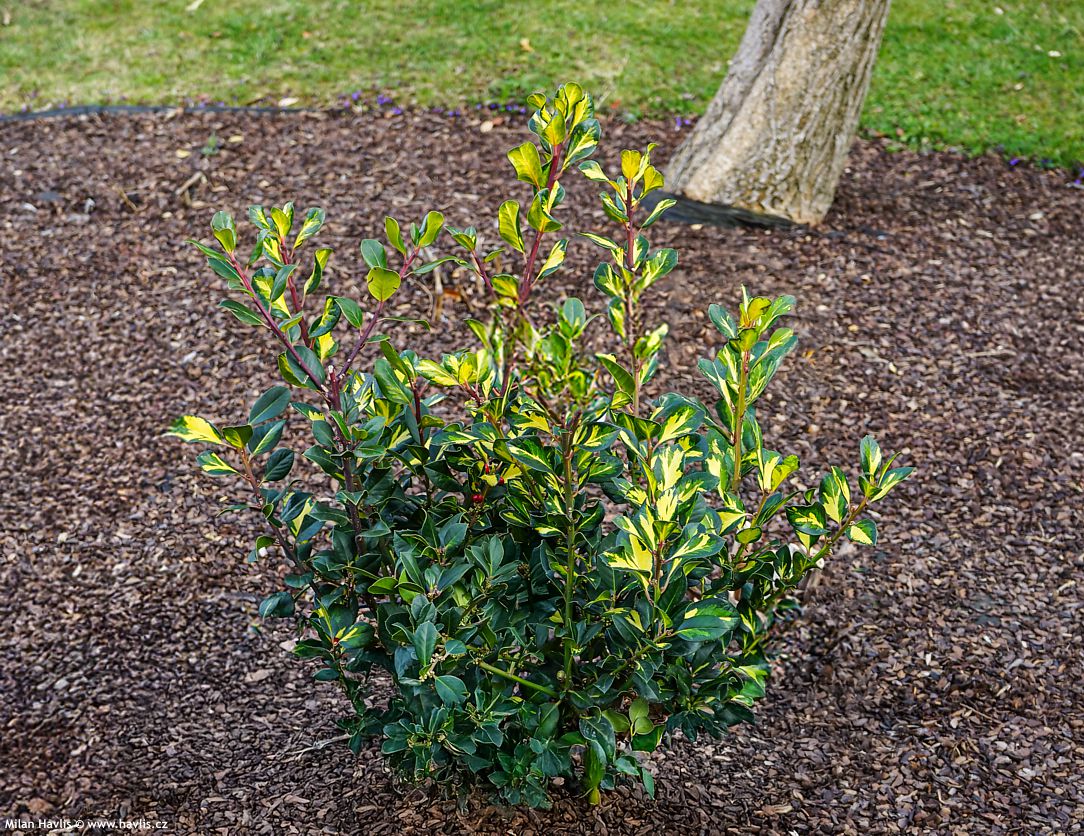
.jpg)


